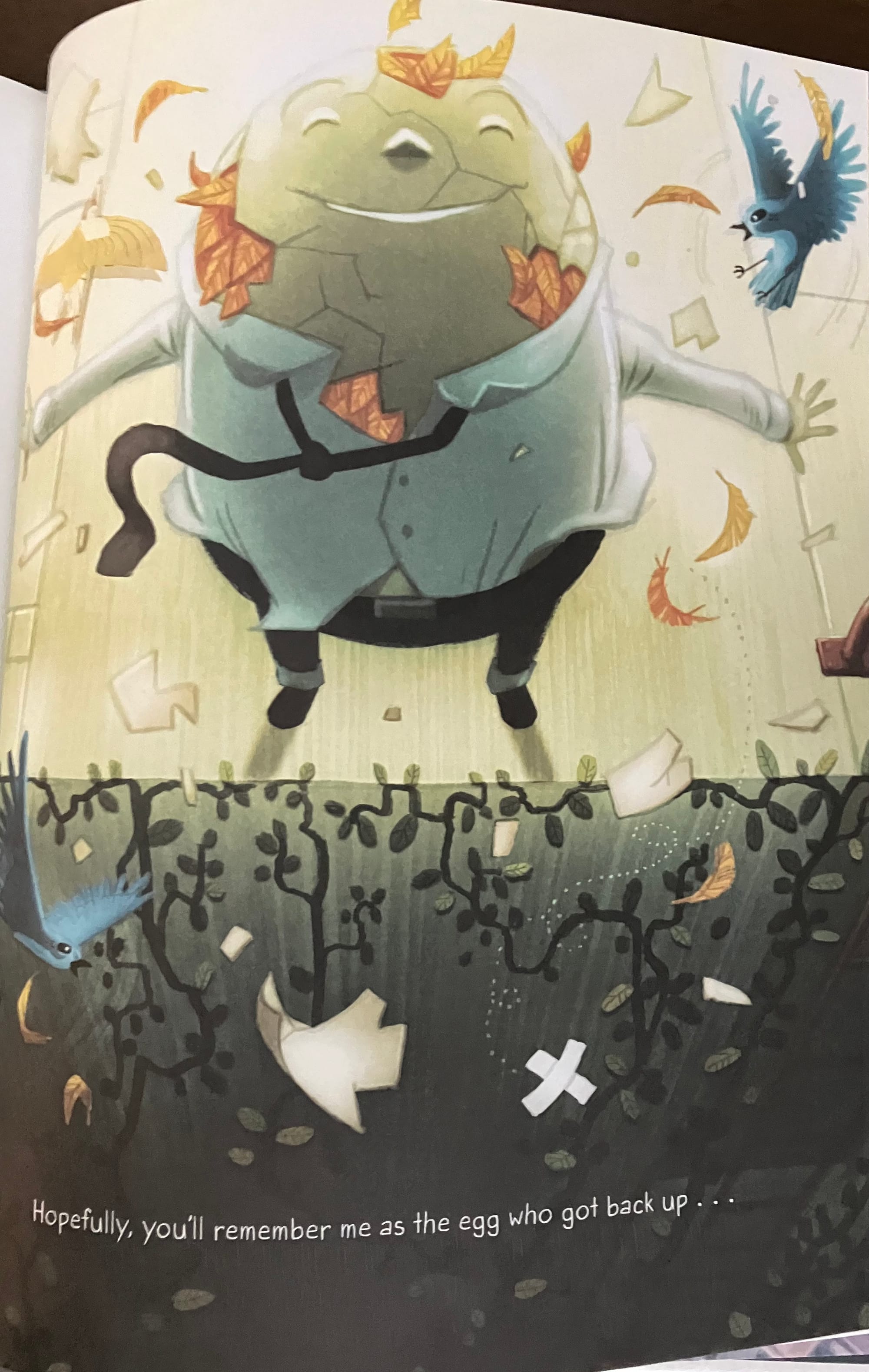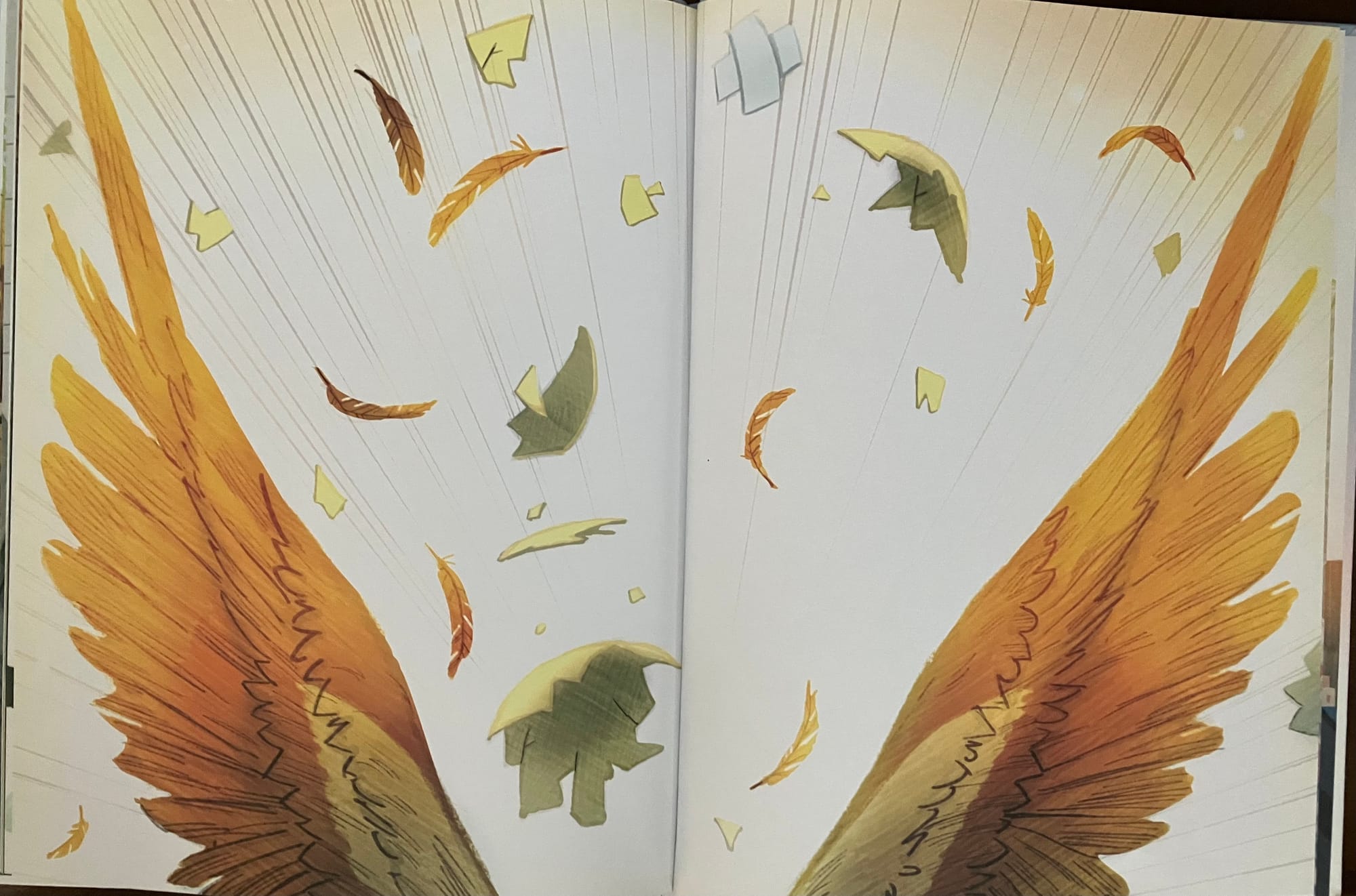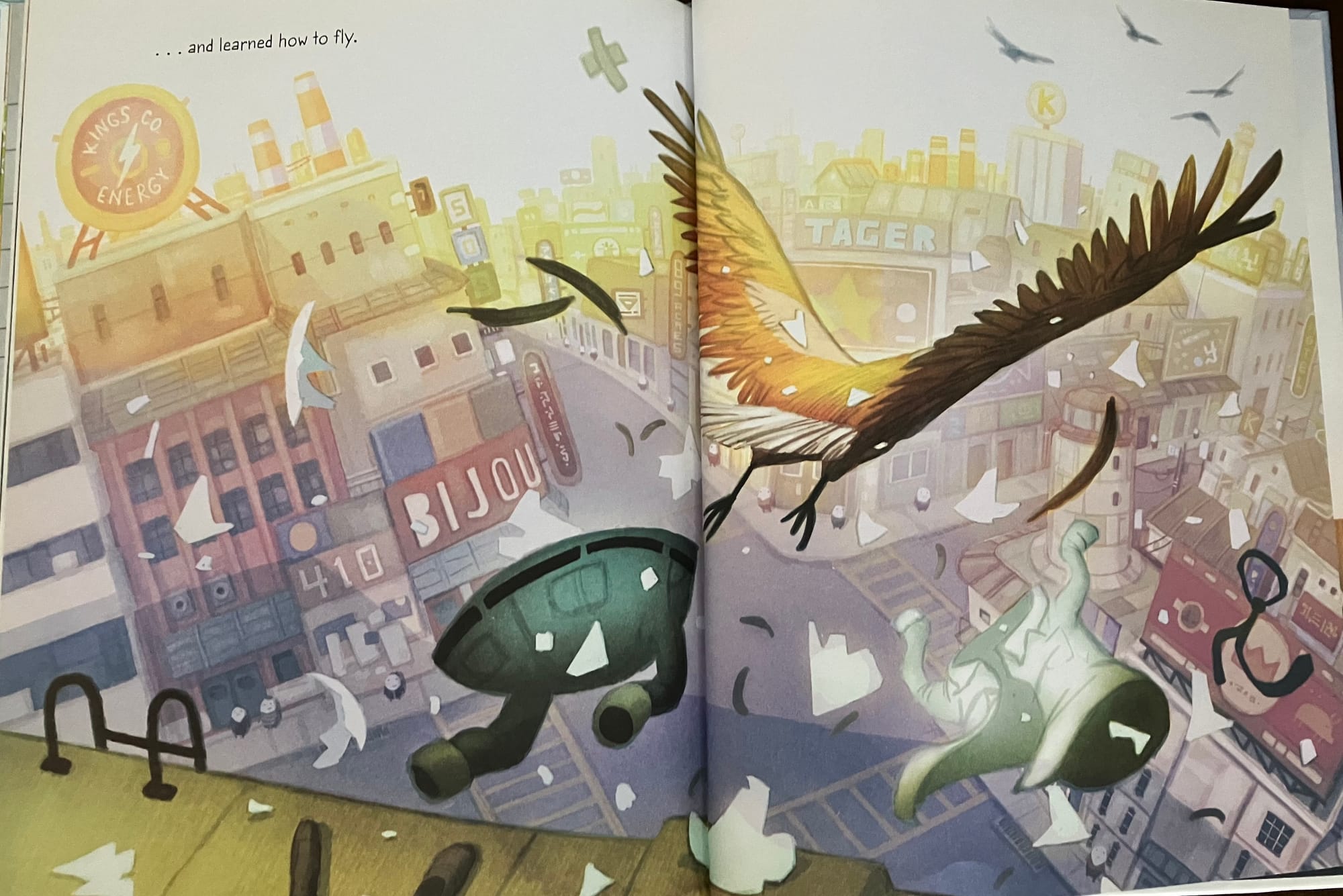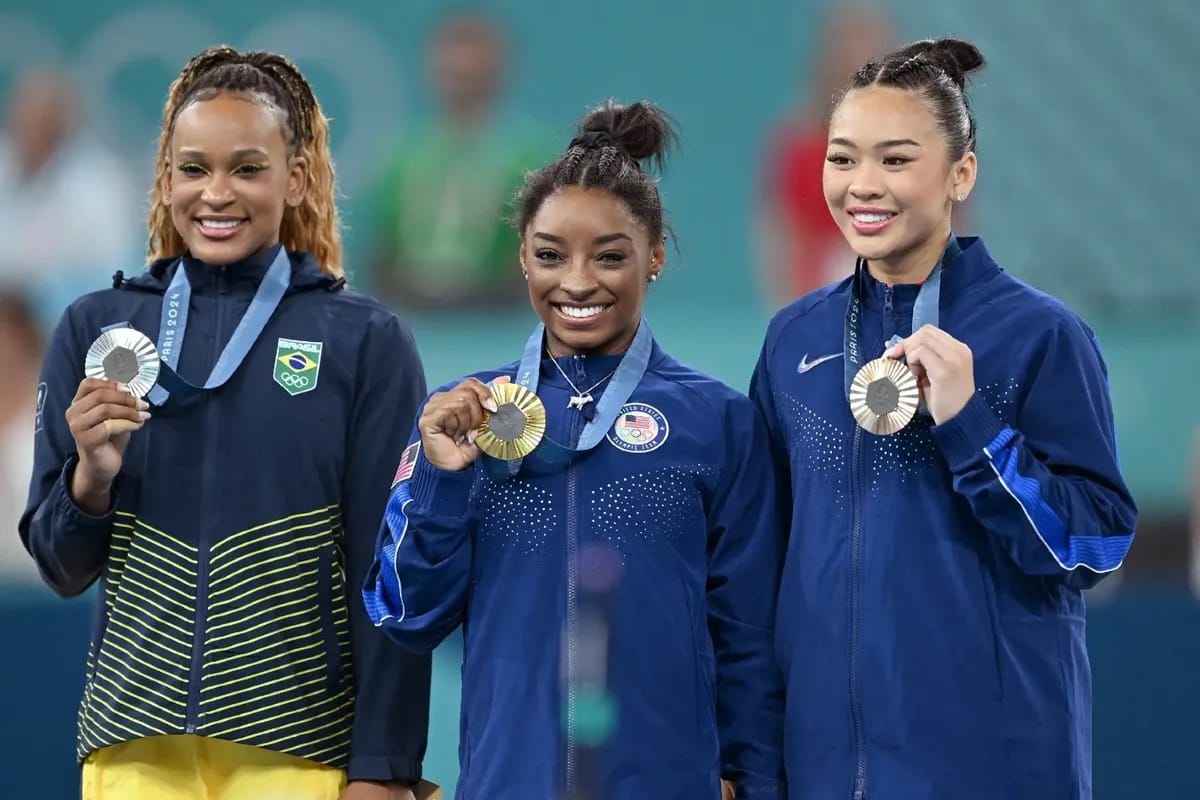After The Fall

Re-equilibrating after setbacks
Hi (No) Wonder-ers,
We live in a golden age of children’s books; fortunately, children’s books have come a LONG way since “The Giving Tree” left its indelible skid mark on Shel Silverstein’s legacy. One that stands out for me is Dan Santat’s “After The Fall.” As its name suggests, it describes Humpty Dumpty’s life after the fall described in the nursery rhyme. Humpty describes life afraid of heights, simultaneously fearing and yearning for the joy he1 felt sitting on the high wall he previously enjoyed. Humpty studied and worked hard for a new way to feel that joy again after the traumatic event changed him, which ultimately inspired him to climb the wall and declare the following:
“Maybe now you won’t think of me as that egg who was famous for falling.
Hopefully you’ll remember me as the egg who got back up…
and learned how to fly.”



Holy shit.
When I first read this to my kid in 2017, I had just left a toxic work environment. I was between jobs, facing an uncertain future. “After The Fall” hit me with all the force of a Mack truck colliding head-on with a megaton nuclear warhead.
Even now, almost 7 years in at a much more supportive work environment, I think often about trauma recovery and trauma-informed care. Trauma is not our fault. Trauma is NOT. THE VICTIM’S. FAULT. Repeat that as many times as necessary. I know I do.
However, recovering from trauma is still our responsibility. It’s tragically unfair. It sucks. I personally hate that for myself and for anyone else who’s been traumatized through no fault of their own. But trauma dysregulates our emotional processing, undermines our ability to trust and be intimate, activates and enlarges our amygdala2, tightens our pelvic floor3, and thus changes us forever in these ways and many more. It’s a biological reality, and it’s unfortunately on us to build upon that and become the best and truest new version of ourselves, one that will differ as starkly from the pre-trauma version as the soaring bird does from the fractured egg. Or the intact egg, for that matter.
The pre-trauma version of ourselves is no longer an option. That ship sailed, hit an iceberg, sank, and now rich folks are boarding submersibles to try and gawk at it.
However, with this admittedly highly painful realization – and therapy, and openness to change and uncertainty, and a LOT of hard work – we can coax the soaring bird out of that fractured egg.

The ongoing Paris 2024 Olympics is full of soaring birds that were fractured eggs not long ago: Simone Biles, who cemented her GOAT status after being maligned for addressing her mental health; Suni Lee, who was treated for two rare kidney diseases; Rebeca Andrade, status post three ACL tears; Ryan Crouser, who threw a 16-lb ball over 75 feet using the same pectoral muscle and elbow that were injured as recently as April 2024; Celine Dion, the Stiff-Person Syndrome patient who delivered the Games’ first gold-medal caliber performance with her rendition of “Hymne A L’Amour”… the list goes on.
Although these inspirational people are fortunately more courageously transparent than ever about the ride on the struggle bus, we still see the results much more than we do the awkward, painful, uncertain process leading up to them – a process that by all rights shouldn’t be necessary.
You might not be a soaring bird yet. You might still be a fractured egg appropriately grieving what trauma took from you, feeling appropriately dysregulated and sad. Your trauma, and your body’s objective physiological response to it, is real – and harmful. Lest you think I’m some tone-deaf Nietzsche-quoter trying to frame trauma as a positive, or some kind of public service… which, of course, it isn’t. You might be racking your brain, already compromised by the “fight, flight, or freeze” response, for a way of getting from fractured egg to soaring bird – or even for a way of getting through today.
I wish I had an answer for you. Unfortunately there is no “one size fits all” for trauma recovery in a world that extends more grace to trauma perpetrators than it does to survivors. All I can offer you is whatever comfort, if any, it brings to know that your response to trauma is physiologically human – and that you are worthy of being loved as you are while you find your way from fractured egg to soaring bird.
I’m rooting for you!
Merrit
1 I have confirmed that in the original 1797 rhyme, Humpty Dumpty indeed uses he/him pronouns. https://owlcation.com/humanities/The-Curious-Origins-of-Nursery-Rhymes-Humpty-Dumpty
